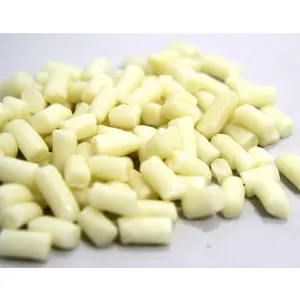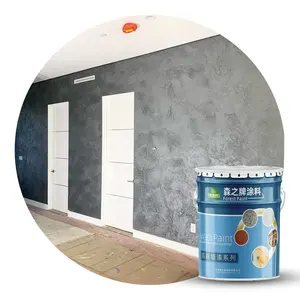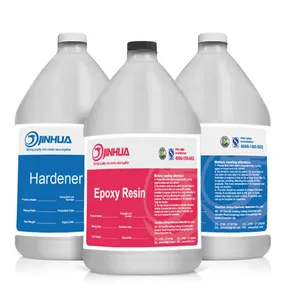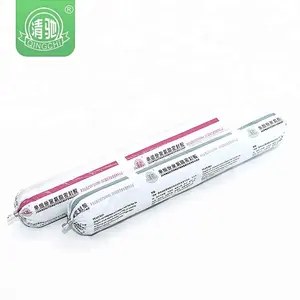Popular in your industry
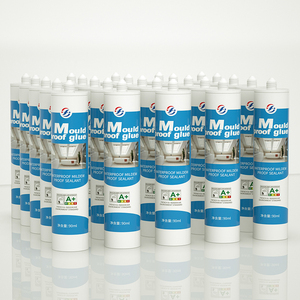
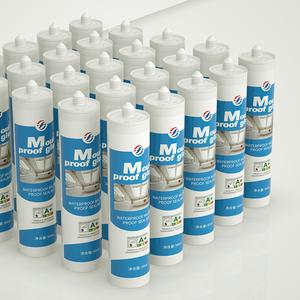

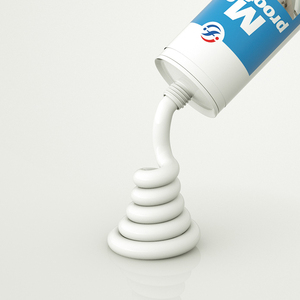




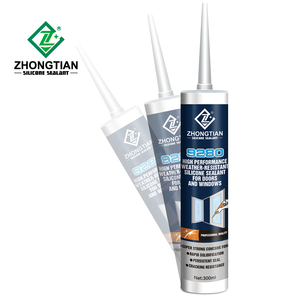

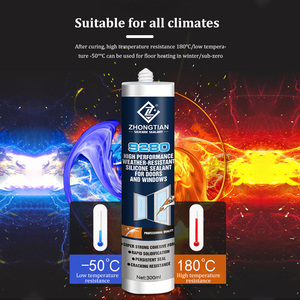












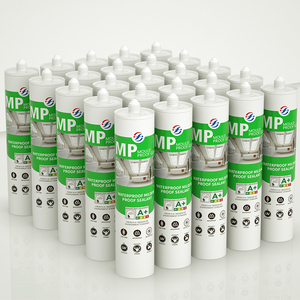
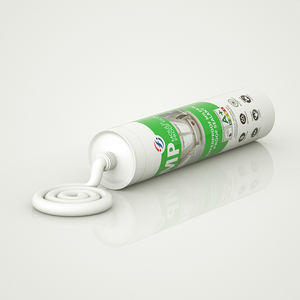



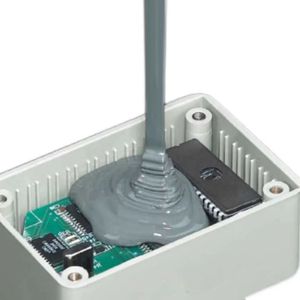






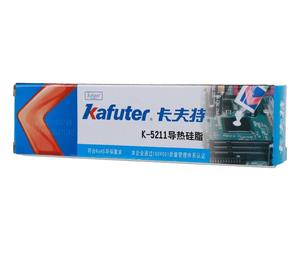







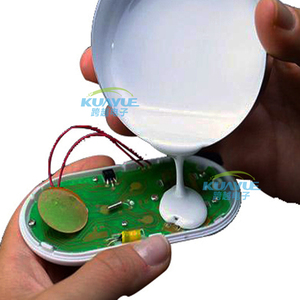
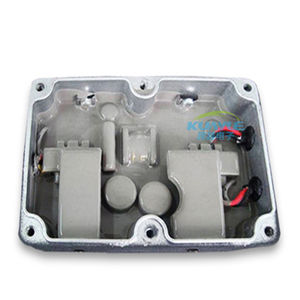
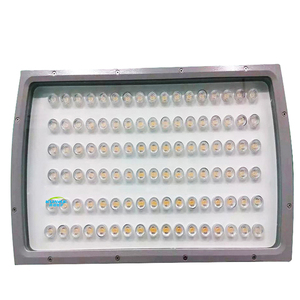

Related Searches:

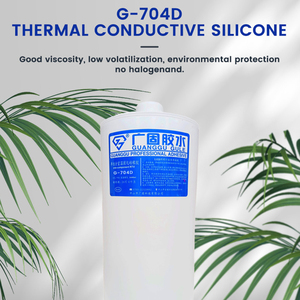





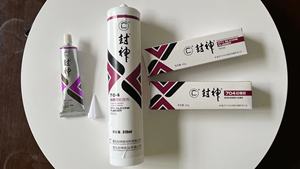
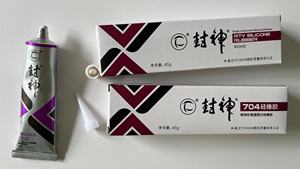


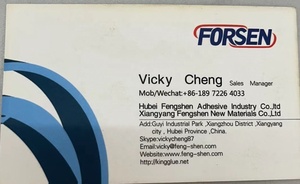


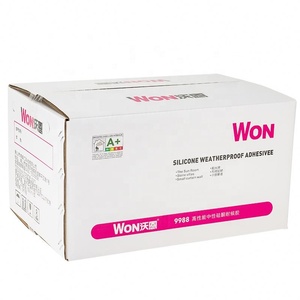








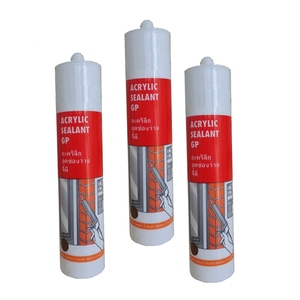





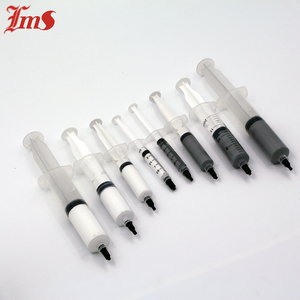









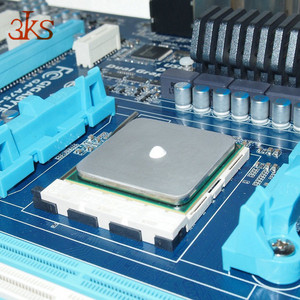
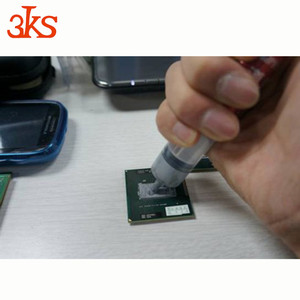


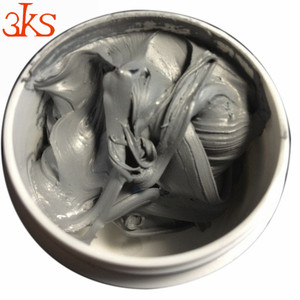
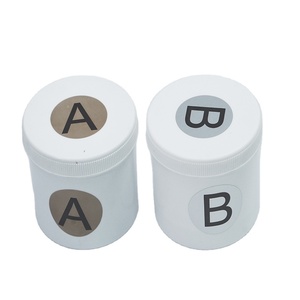











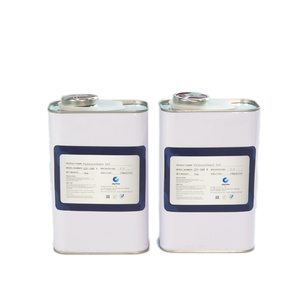










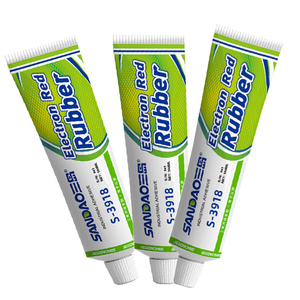
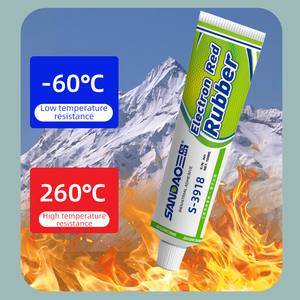


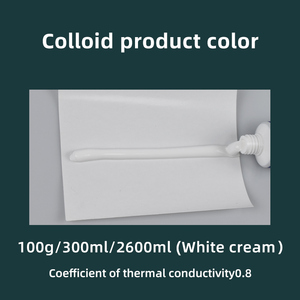



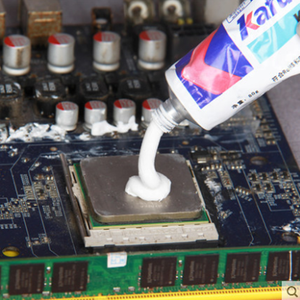
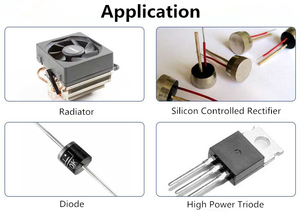

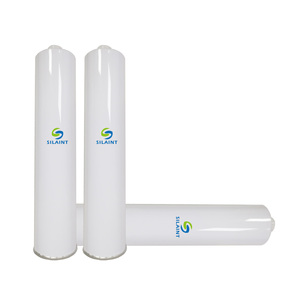



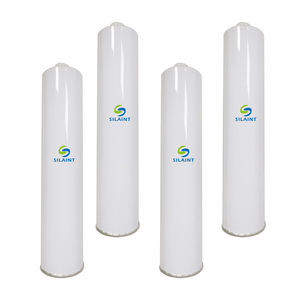



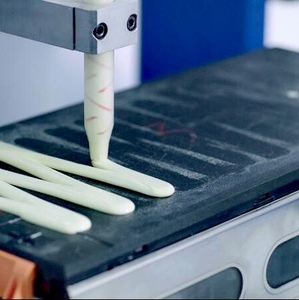


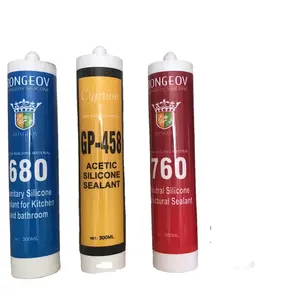





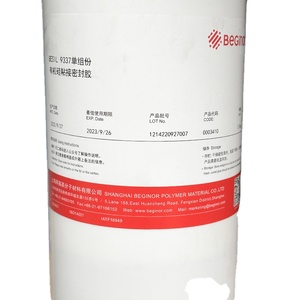





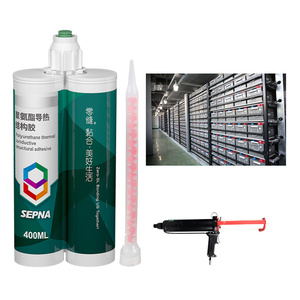



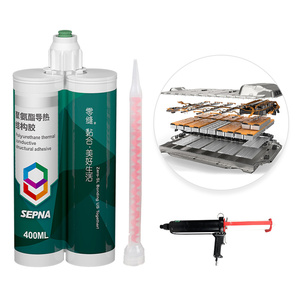




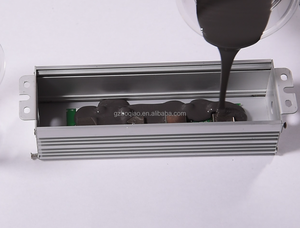



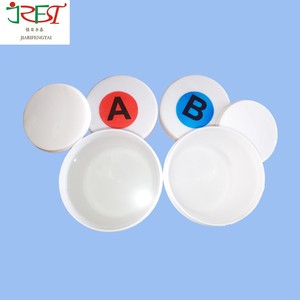


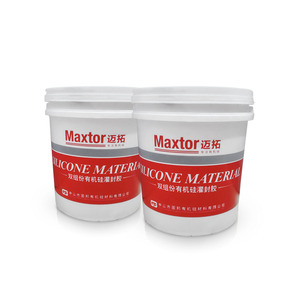

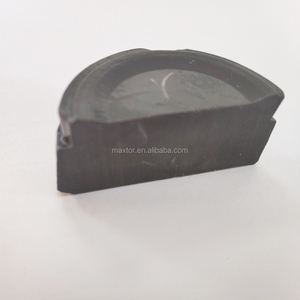
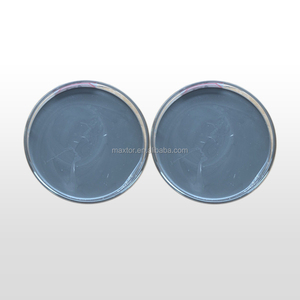
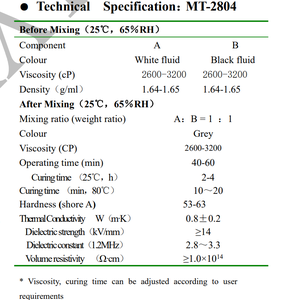











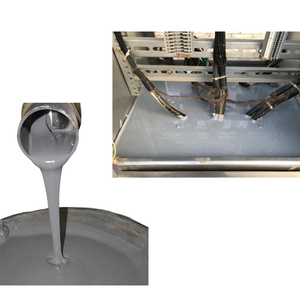







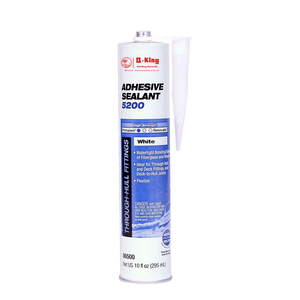
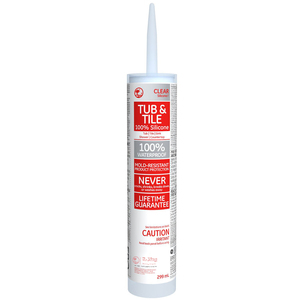





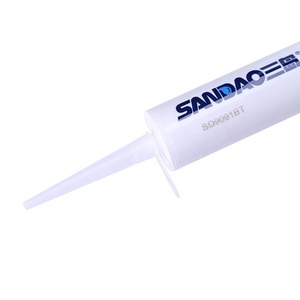

Top categories
About electrically conductive sealant
An electrically conductive sealant is a specialized adhesive designed to enable electrical connectivity between surfaces while also providing a robust seal against environmental elements. This sealant plays a pivotal role in a multitude of industrial settings, safeguarding the integrity of electrical connections and shielding components from moisture, dust, and other impurities. Alibaba.com offers an assortment of electrically conductive sealants, each engineered to address the distinct requirements of various commercial enterprises.
Types of Electrically Conductive Sealants
Among the electrically conductive sealants, there are several variants, each crafted for particular uses and conditions. For example, electrically conductive silicone sealant is prized for its pliability and high-temperature resilience, ideal for sealing elements subject to thermal cycling. Electrically conductive epoxy is chosen for its robust bond and longevity, commonly employed in demanding applications where a sturdy seal is paramount. Electrically conductive rtv silicone is appreciated for its user-friendliness, curing at ambient temperatures without additional heating, which is advantageous for swift repairs or situations where heating is impractical. In scenarios involving metallic parts, electrically conductive thread sealant is the go-to option due to its capacity to prevent loosening from vibrations while preserving electrical flow. Each variant fulfills a distinct function, and selecting the appropriate one is essential for the application's success.
Structure of Electrically Conductive Sealants
The composition of an electrically conductive sealant is a carefully formulated mixture that determines its efficacy. Fundamentally, the sealant comprises a polymer base—such as silicone or epoxy—that defines its mechanical attributes, including elasticity, tensile strength, and adherence. Embedded within this base are conductive particles, typically silver, copper, or nickel, which enable electrical conduction. The particle size, form, and dispersion are fine-tuned to ensure the sealant upholds minimal electrical resistance while still fulfilling its sealing role. Striking the right balance between the polymer foundation and the conductive additives is crucial; an excess of filler can weaken the sealant's mechanical traits, whereas insufficient filler can diminish its conductive capacity.
Materials in Electrically Conductive Sealants
The constituents of electrically conductive sealants are chosen for their distinct contributions to the product's overall functionality. Silicones are selected for their exceptional thermal stability, malleability, and weather resistance, rendering them suitable for exterior uses. Epoxy resins are noted for their potent adhesive qualities and chemical resilience, vital in aggressive industrial settings. Butyl rubber offers a watertight seal and is pliant, advantageous for applications that involve joint movement. The conductive fillers, such as micronized silver, are picked for their superior conductivity and stability, guaranteeing the sealant's efficiency in forming electrical pathways. These materials are often amalgamated into proprietary blends that meet the rigorous demands of various industrial uses.
Business Usages and Applications
Electrically conductive sealants are utilized across a wide array of industries. In the electronics sector, they secure and shield components in gadgets from smartphones to sizable servers. The automotive industry employs these sealants in constructing electronic control units and battery packs. Aerospace applications involve the sealing and bonding of avionic systems where failure is not tolerable. In the renewable energy field, particularly with solar panel setups, these sealants confirm the integrity of electrical connections against environmental stressors. The dual capability of these sealants to provide electrical conduction and environmental protection renders them indispensable in contexts where the reliability and durability of electronic components are paramount.
Functions of Electrically Conductive Sealants
The primary role of an electrically conductive sealant is to establish or augment the electrical link between two surfaces while concurrently offering a protective barrier. This dual purpose is critical in averting system failures due to conductivity loss or environmental deterioration. The sealants are also engineered to accommodate the thermal expansion and contraction of disparate materials, ensuring a consistent electrical connection despite temperature changes. Moreover, they can offer electromagnetic shielding, which is essential in safeguarding sensitive components from interference.
Features of Electrically Conductive Sealants
Distinctive features of electrically conductive sealants include their exceptional adherence to various substrates, such as metals, plastics, and ceramics. They are formulated to withstand degradation from UV radiation, ozone, and extreme temperatures, assuring sustained performance. Their thixotropic nature permits precise application without dripping or flowing, particularly crucial in automated production environments. Additionally, some formulations are specifically non-corrosive and non-toxic, ensuring their safety in delicate electronic apparatus.
Benefits of Electrically Conductive Sealants
Employing electrically conductive sealants offers numerous advantages in industrial contexts. They significantly bolster the dependability of electronic systems by providing a resilient seal that wards off moisture and contaminants. By supplanting mechanical fasteners, they can lighten the end product, a notable benefit in the aerospace and automotive sectors. Their application can also streamline manufacturing processes, curtailing assembly time and expenses. Furthermore, the sealants can enhance the overall efficacy of electronic devices by ensuring consistent electrical connectivity, which is crucial for the operation of precision instruments and communication apparatus.
How to Use and Maintain Electrically Conductive Sealants
To deploy electrically conductive sealants effectively, it is imperative to apply them to suitably prepped surfaces. This entails cleansing the surfaces to eliminate oils, dust, or impurities that could hinder adhesion or conductivity. The sealant should be applied judiciously, adhering to the manufacturer's guidelines for thickness and curing duration. For upkeep, routine checks are advised to spot any signs of wear or failure in the sealant. Should any issues arise, the compromised sealant must be removed and reapplied to maintain ongoing protection and conductivity. Proper storage conditions are essential to prevent the sealant from deteriorating or solidifying in its container.
Target Audience and How to Choose the Right Sealant
The intended audience for electrically conductive sealants encompasses engineers, technicians, and maintenance staff across sectors such as electronics, automotive, aerospace, and energy. Selecting the appropriate sealant requires consideration of the application's electrical and mechanical demands, the environmental conditions it will face, and the materials to be joined. For instance, an aerospace technician might prefer a silver-filled epoxy sealant for its exceptional strength and conductivity, whereas a solar panel installer might opt for a silicone-based sealant for its flexibility and resistance to the elements.
How does electrically conductive sealant work?
Electrically conductive sealants function by integrating conductive materials, like metals or conductive polymers, into a sealant base. When applied between surfaces, these materials form a seamless conductive pathway that permits electrical flow while also providing a seal that guards against environmental factors. The sealant solidifies to create a lasting bond that preserves conductivity over time.
What are the key considerations when applying electrically conductive sealant?
Key considerations when applying electrically conductive sealant include meticulous surface preparation to ensure cleanliness and freedom from contaminants; selecting the appropriate sealant variant for the temperature and environmental conditions; and applying the optimal quantity to maintain the electrical connection without compromising the seal's integrity.
Can electrically conductive sealant be used for high-temperature applications?
Indeed, specific electrically conductive sealants, such as those composed of high-temperature silicone, are expressly formulated for high-temperature applications. These variants can endure intense heat while preserving their sealing capabilities and electrical conductivity, making them apt for use in environments like engine compartments or in proximity to heating elements.
